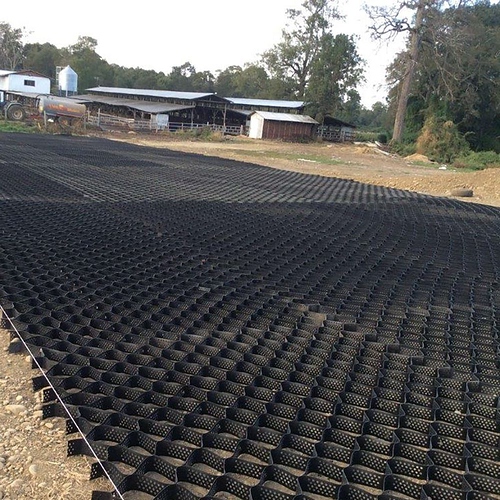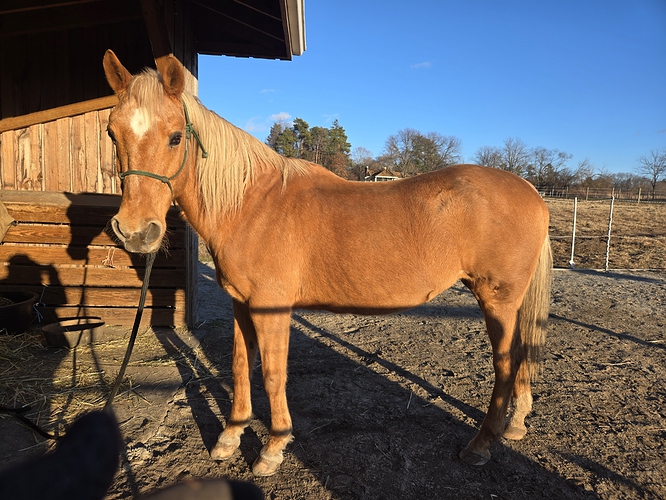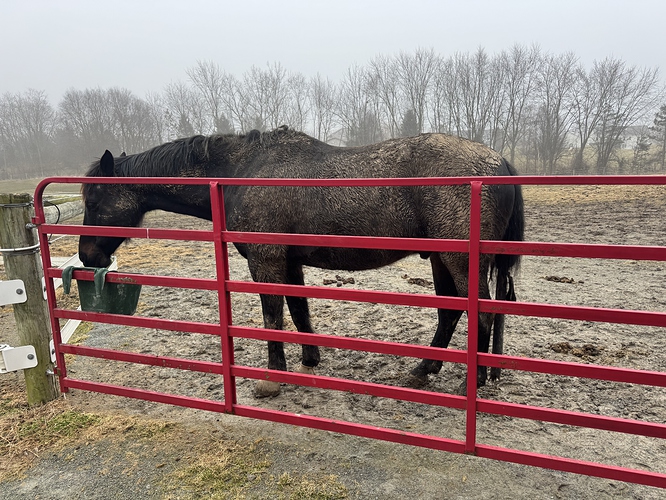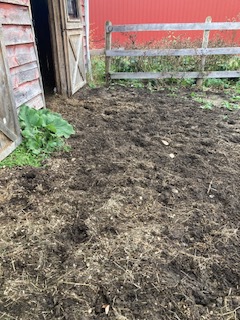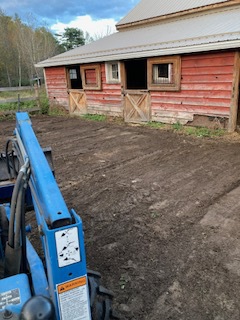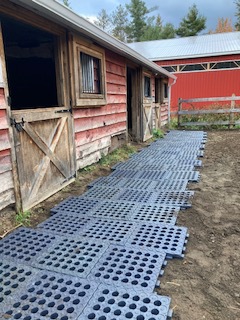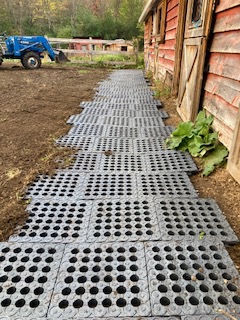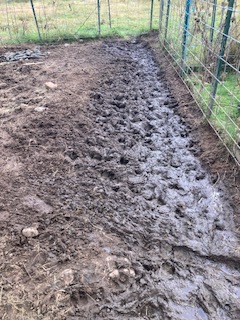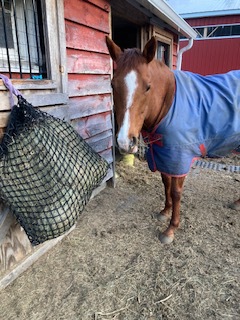hi all-
i have a 27, almost 28 year old princess retiree with 4 shoes (she cannot go barefoot) and this winter has been awful with the mud in her paddock. she has pulled shoes several times (already wears bell boots), and the ability to put her in another paddock is out, as we tried that once and she didn’t eat or drink all night and just paced the fence line
my farrier does a really nice job with her feet (based on my limited knowledge) and has been with us for many years, so i don’t think it has anything to do with him
i think it is all of the mud in her paddock, i’m talking deep mud from the wet winter we have had with snow, rain, snow, repeat.
i was considering using this mud management device in her paddock, except for the fact that the mud is sort of over a large area so i don’t know how beneficial it would be.
has anyone ever used these? (picture attached) thoughts?
the only other thing i have done is dug “trenches” in the mud leading out of the paddock so the water doesn’t sit and drains out, and that has helped a good bit

